Physical barriers (apart from wire and ditches) include concrete blocks, beams, and posts, in addition to various improvised obstacles such as vehicles and logs.
Spikes and Caltrops
Self-evidently, of little utility against tracked vehicles, tyre spikes can be used against wheeled vehicles.
MEXE tried these many years ago, long before the law enforcement ‘Stinger‘ was common.
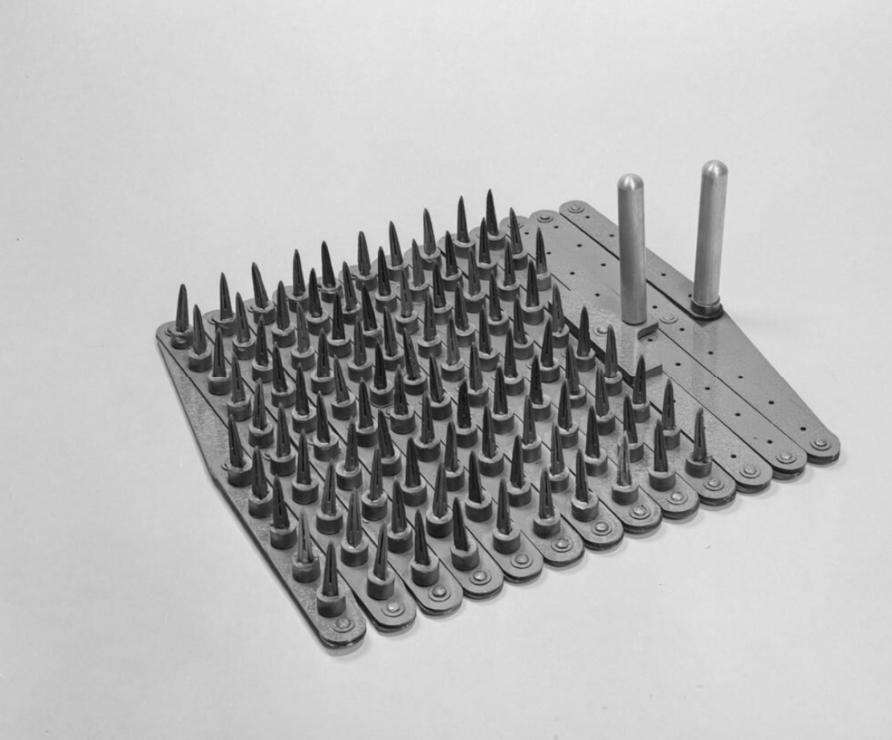
A deployable kit was developed.
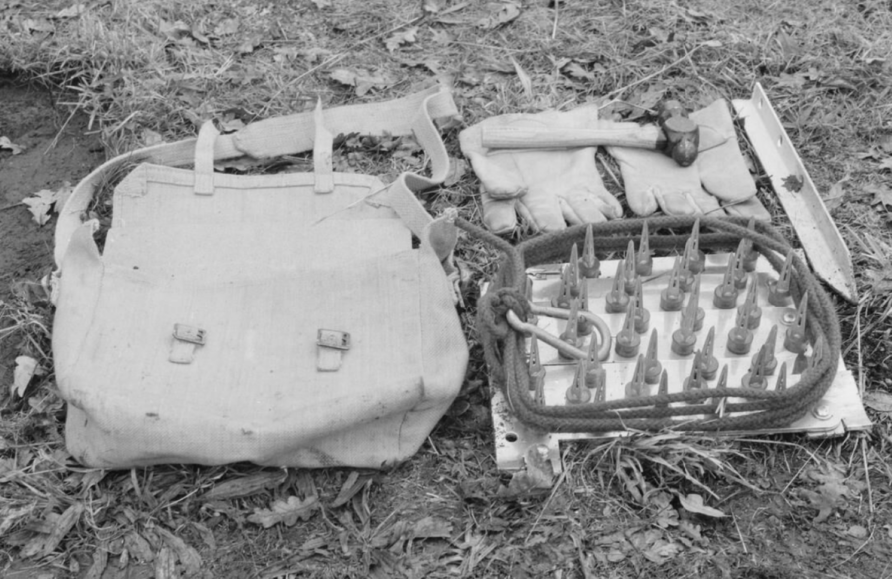
With successful tests against various vehicle types.
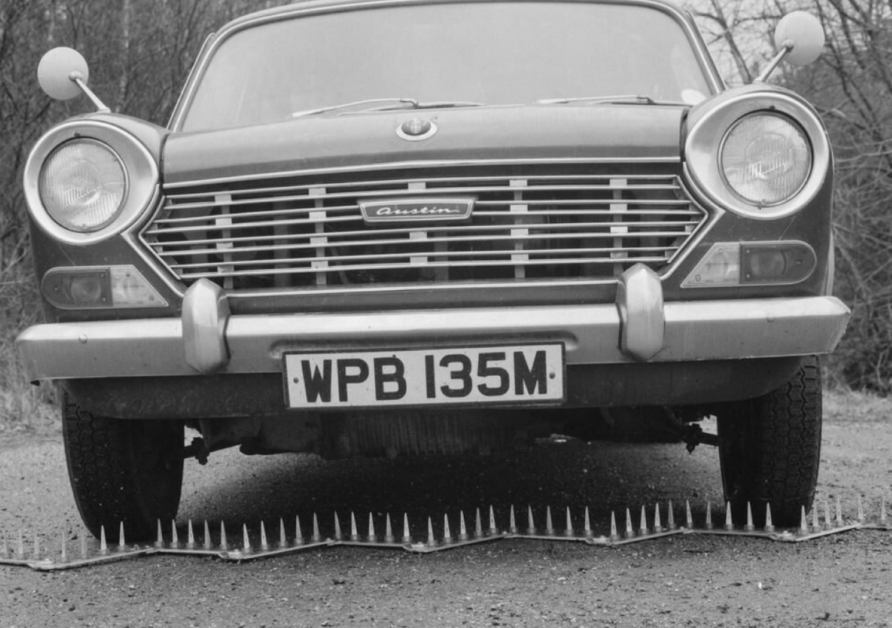
There have been some reports from Ukraine of drone dropped caltrops being used, although not sure how useful they were.
MEXE, again, tried them.
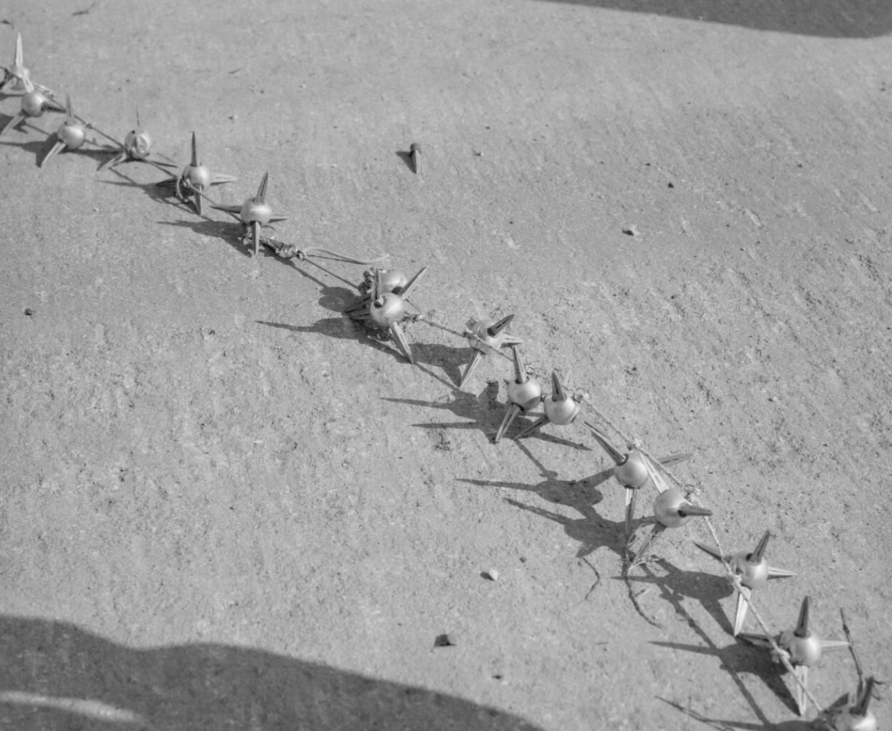
These anti vehicle solutions might be useful in some circumstances, although those would be limited.
Steel Posts and Czech Hedgehogs
Using embedded steel posts for anti tank obstacles is a technique almost as old as tanks.
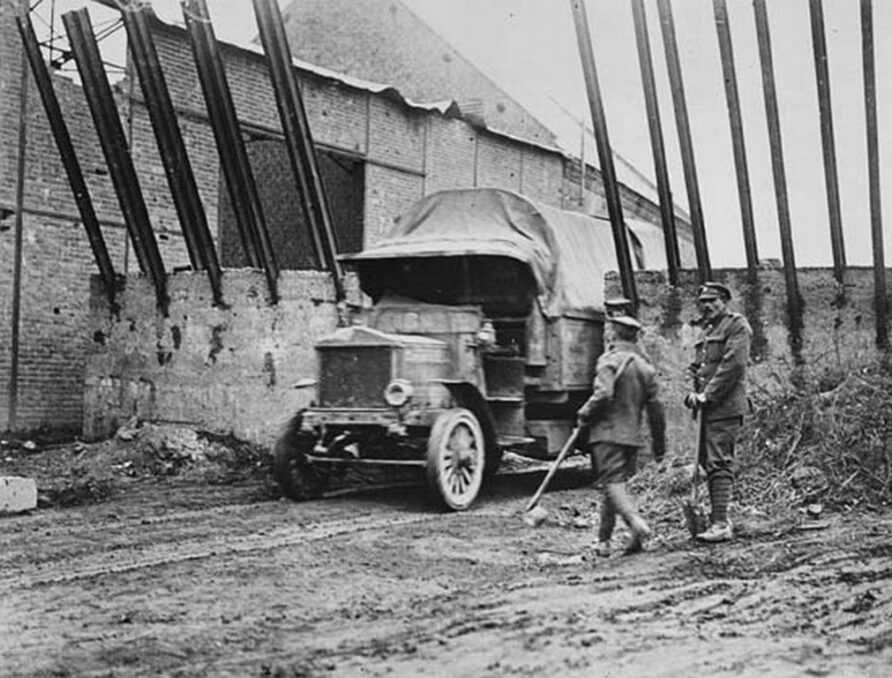
And this approach was further developed inter war, and during WWII.
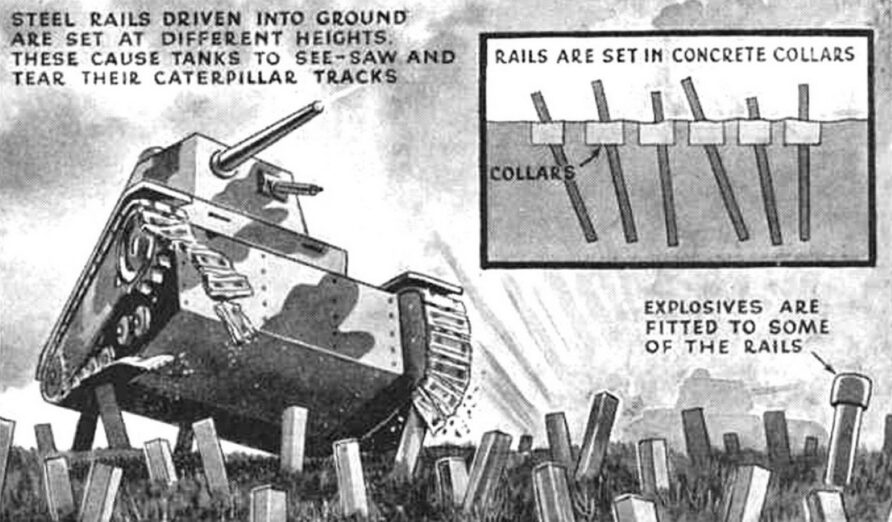
The image below shows them in use in the UK during WWII
Installation into pre excavated chambers, locking mechanisms would also be used to prevent lifting
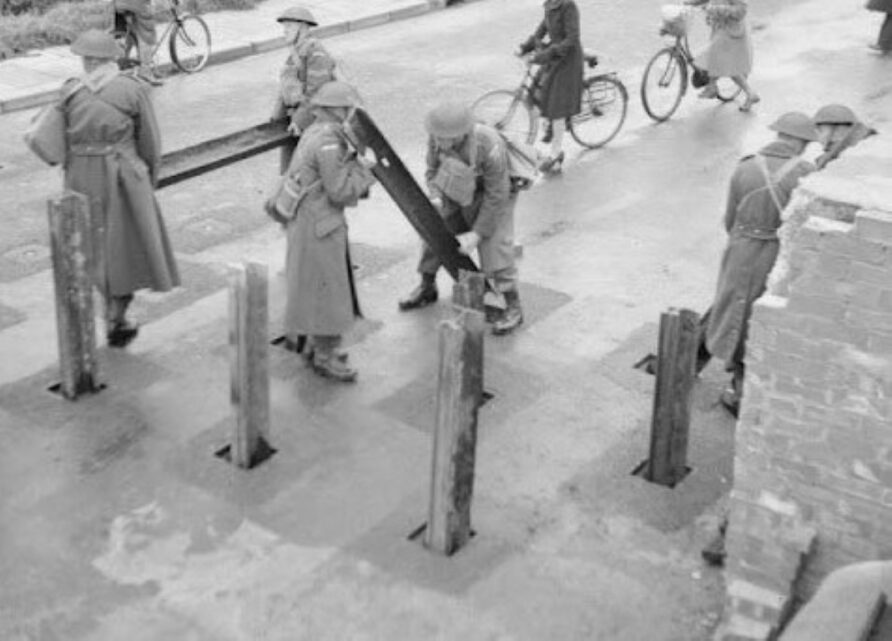
At readiness
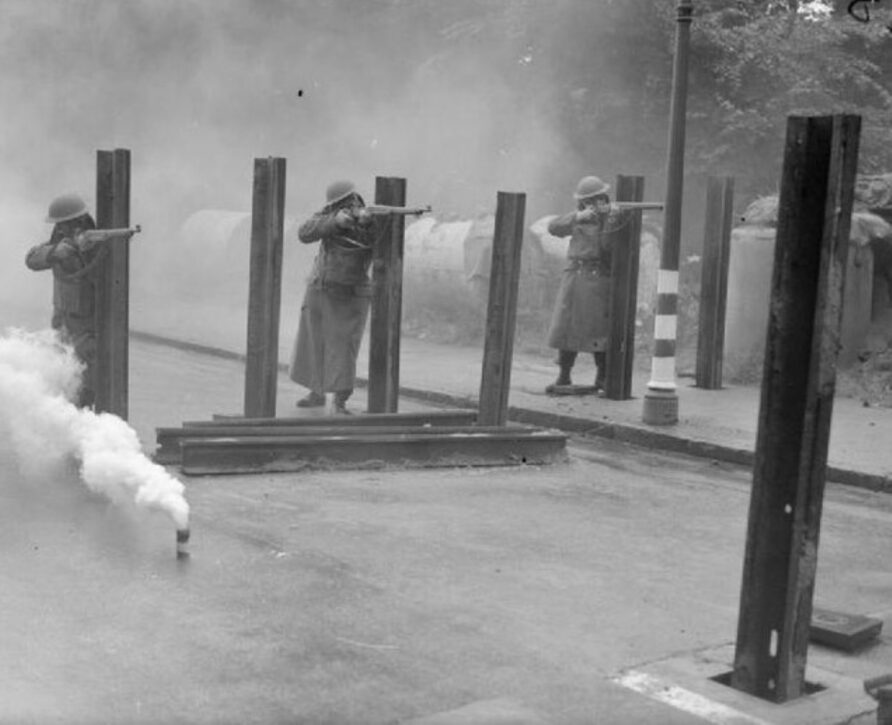
The technique was developed post-war, especially as part of Cold War defence preparations, especially for key point defence.
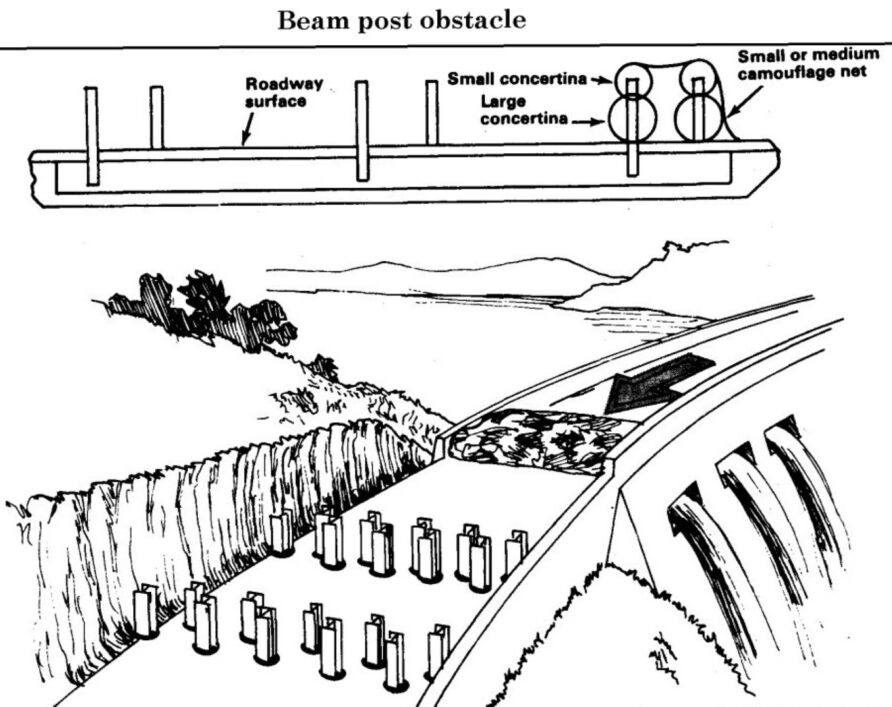
Although most of the pre excavated chambers in Europe seem to have been filled in now. (H/T @Xian_Vienna)
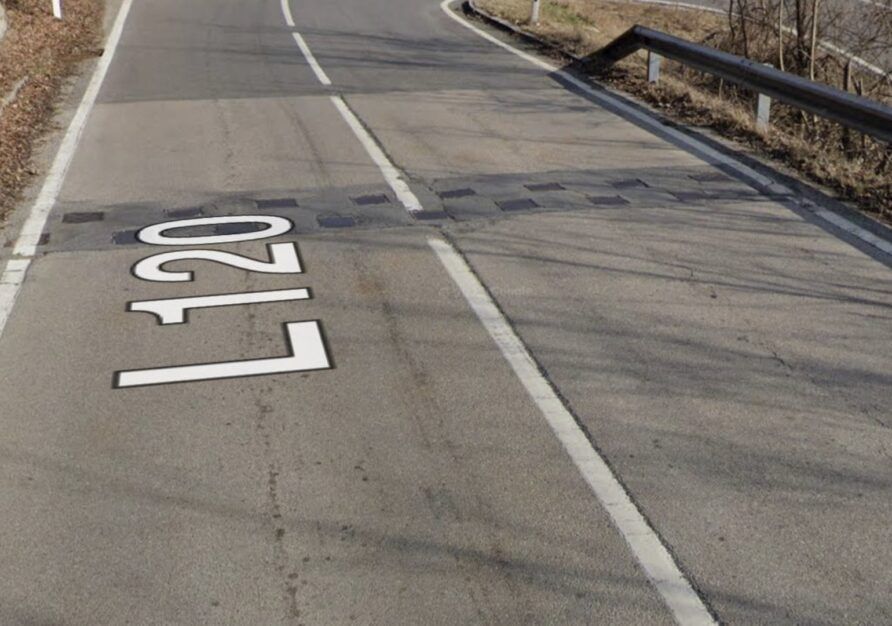
Great article at this LINK on these and other systems in Cold War Germany, and HERE for the Swiss.
As hydraulic sheet piling equipment became available in the mid-eighties, MEXE experimented with different designs.
Driving at different angles.
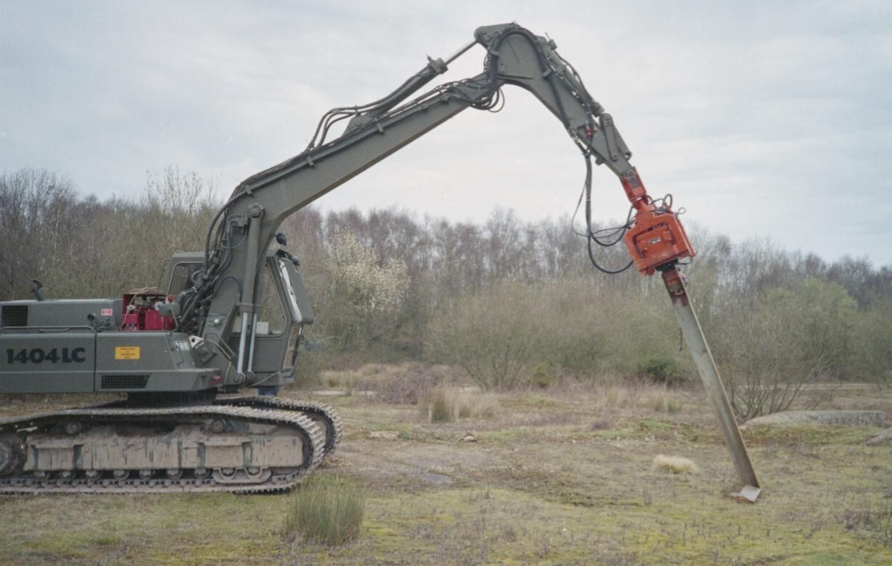
Into the soil and road surfaces.
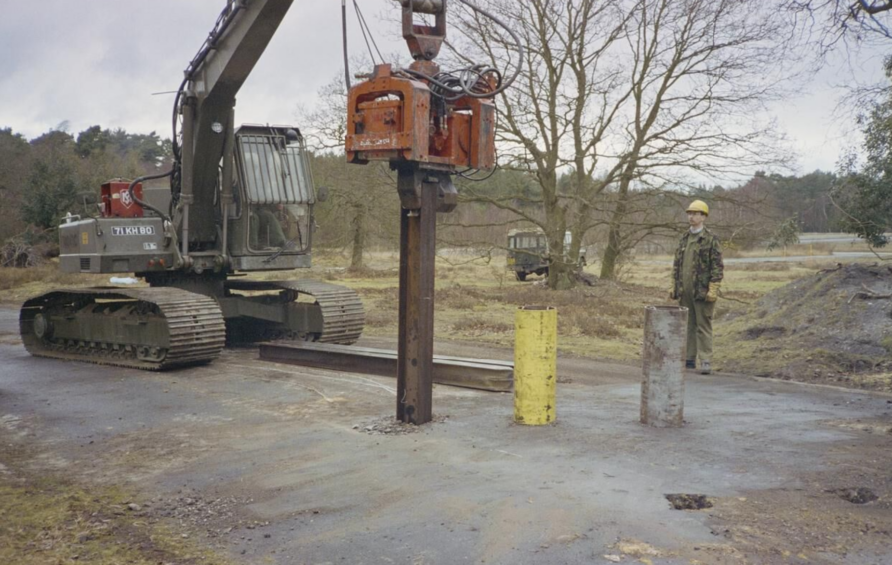
And testing lateral pull out resistance.
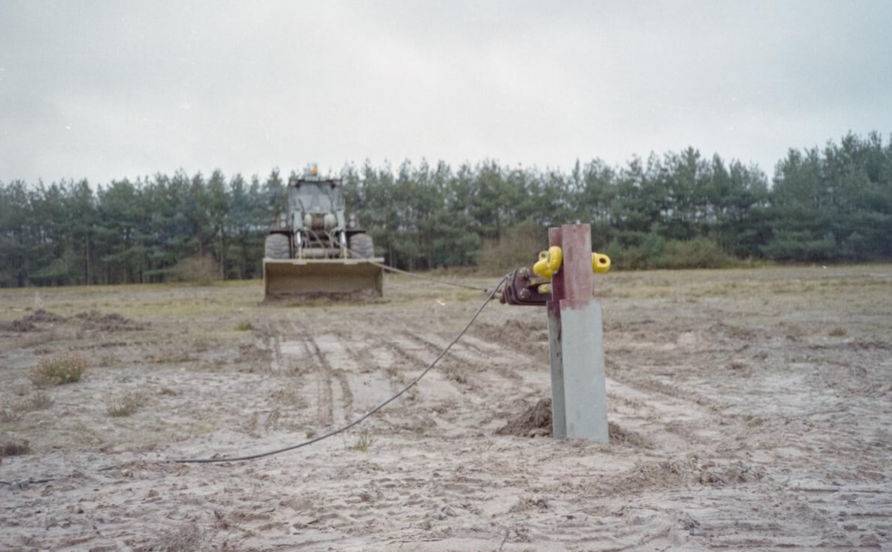
Which was significant.
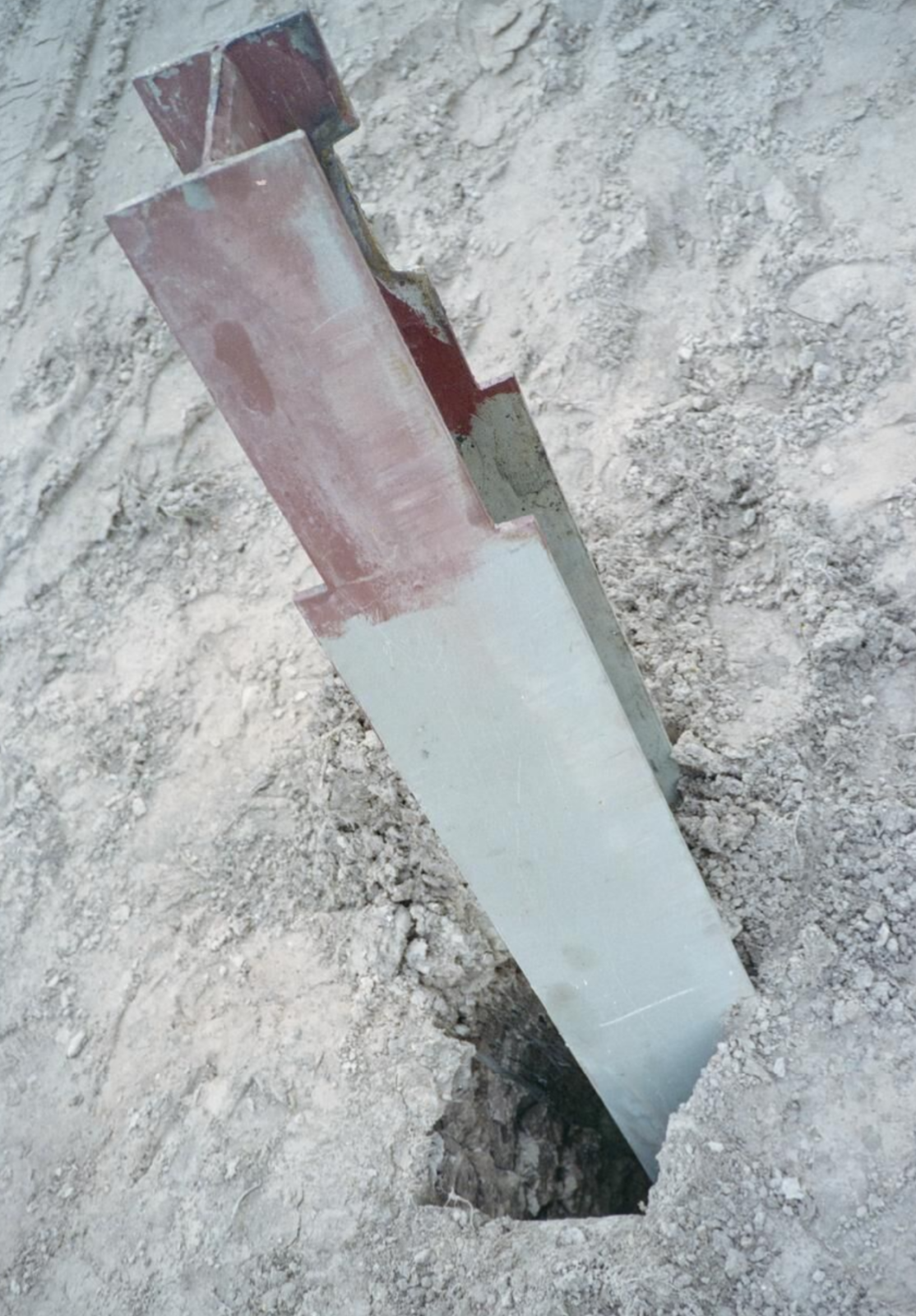
The technique is still very much an option, shown below in Lithuania under test.
Although using a slightly different technique (excavate, place, and backfill), Ukraine is doing similar, but with concrete posts.
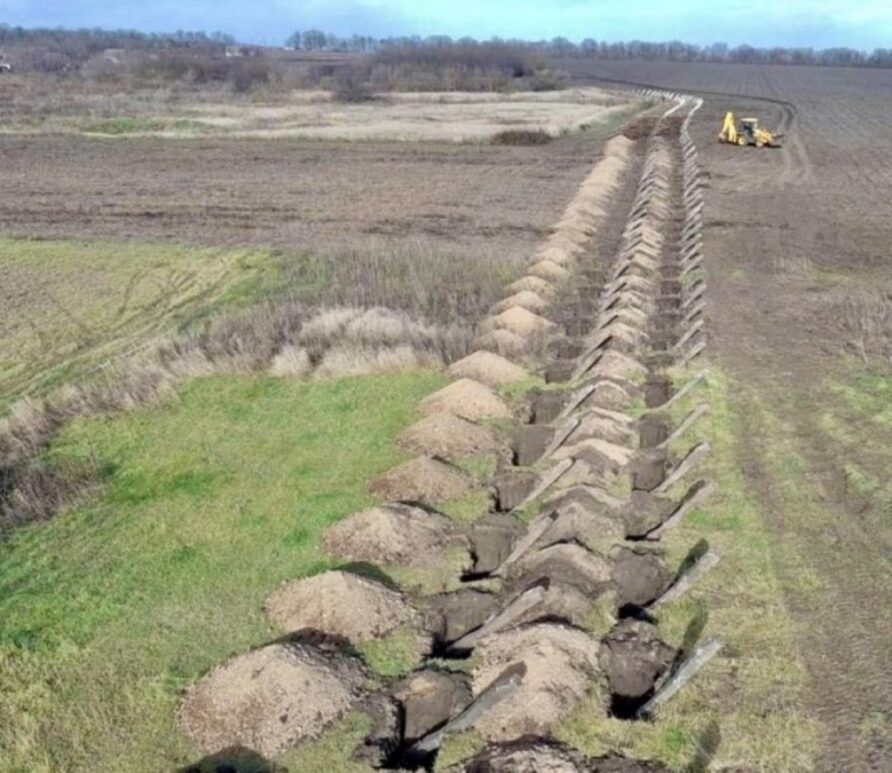
The Czech Hedgehog, or “ježek” in Czech, was first designed in Czechoslovakia in the late 1930s as a response to the looming threat of German invasion. Its creator, Major František Kašík, sought a design that could be easily manufactured from available resources, be it steel, iron, or even wood in later adaptations.
When deployed, the hedgehog sits on the ground with its prongs pointing outwards in multiple directions, making it extremely difficult for tanks to navigate over or through.
The hedgehog’s prongs were designed to either disable the tracks of tanks by wedging into them or to cause the tank to ride up onto the structure, exposing its vulnerable underbelly or stopping it altogether.
Although less common in Western NATO nations, they do seem more common in Eastern European armies, and shown below in Ukraine.
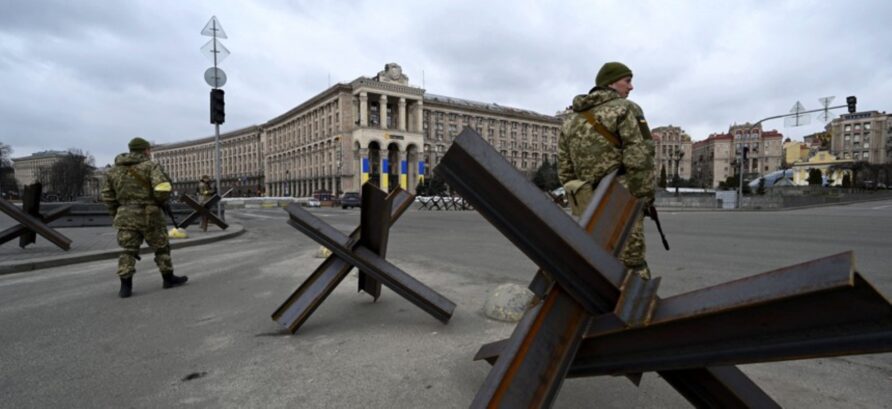
They are useful in urban areas, and where speed is a key requirement, but as any obstacle, can be cleared.
Concrete
The interlocking concrete blocks featured in the previous posts can be used as simple road blocks, especially if they are prepositioned at road junctions (to reduce transport and response times)
Pre-positioning allows territorial forces to quickly deploy them as part of a wider obstacle plan, they cost very little, and have a long life span, even if stored outside.
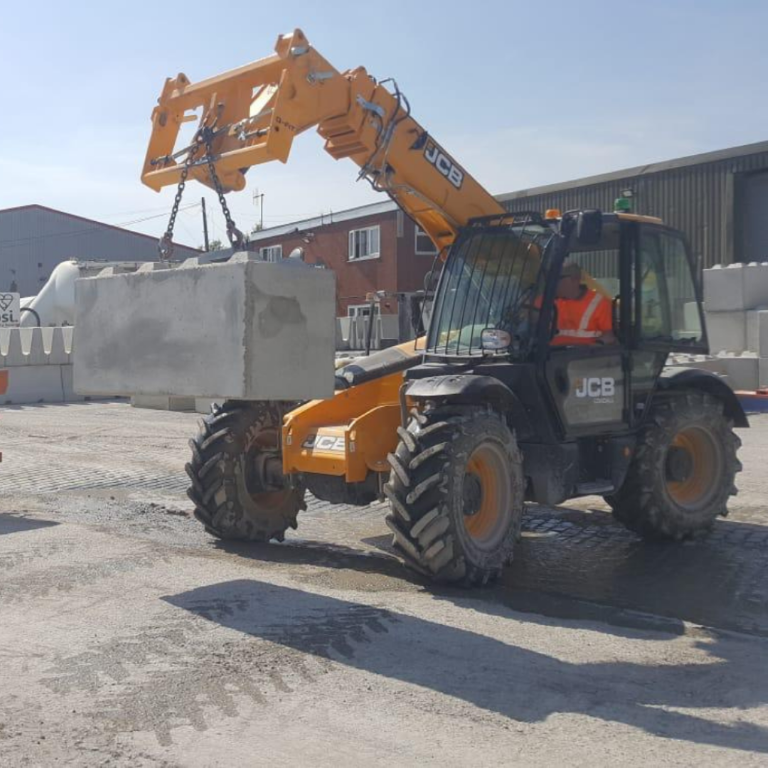
Although they might be relatively quickly breached by explosives, direct fire by tanks, and direct removal by engineering plant, they can be a useful nuisance obstacle.
Arranging them in a diamond shape and infilling with earth might increase durability and resistance to rapid clearance.
The larger ‘Jersey Barrier’ type pre cast concrete barriers could also prove to be useful, although more in the context of longer-term campaigning or where extensive preparation was possible.
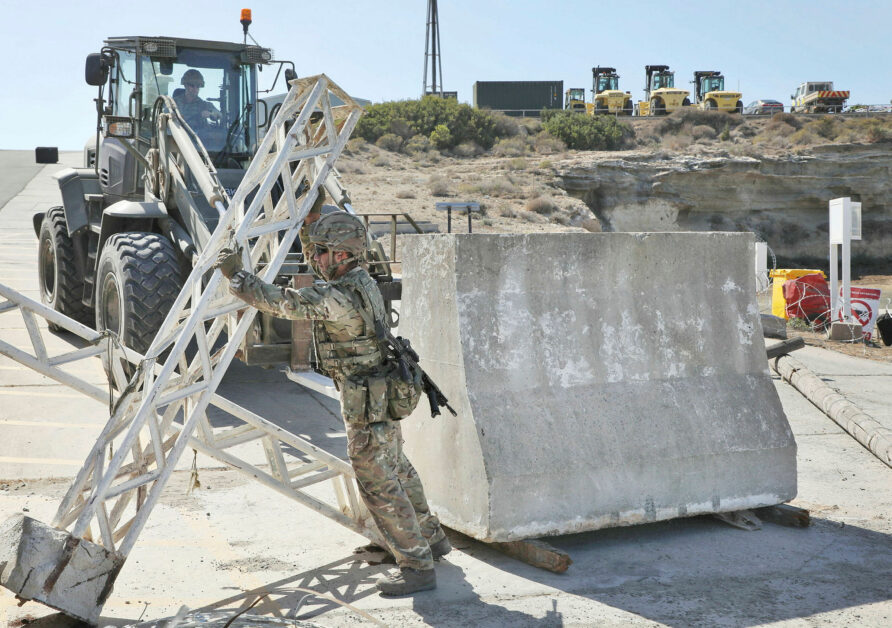
These can also be combined with fence/C-UAS fencing and mesh panels.
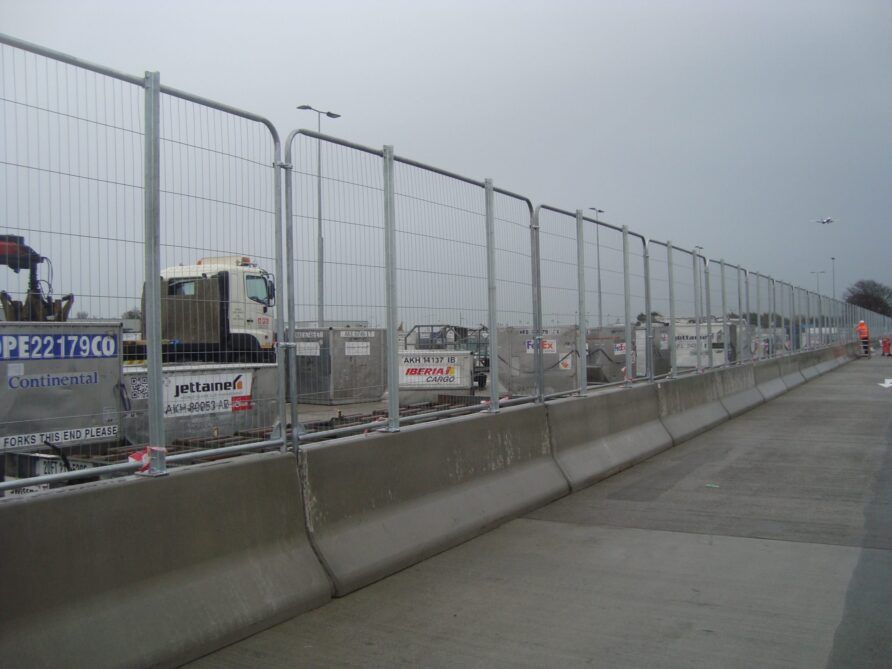
Concrete tetrapods (dolos), usually used for wave mitigation and erosion control in coastal engineering, if available, fall within the same general category as precast concrete obstacles.
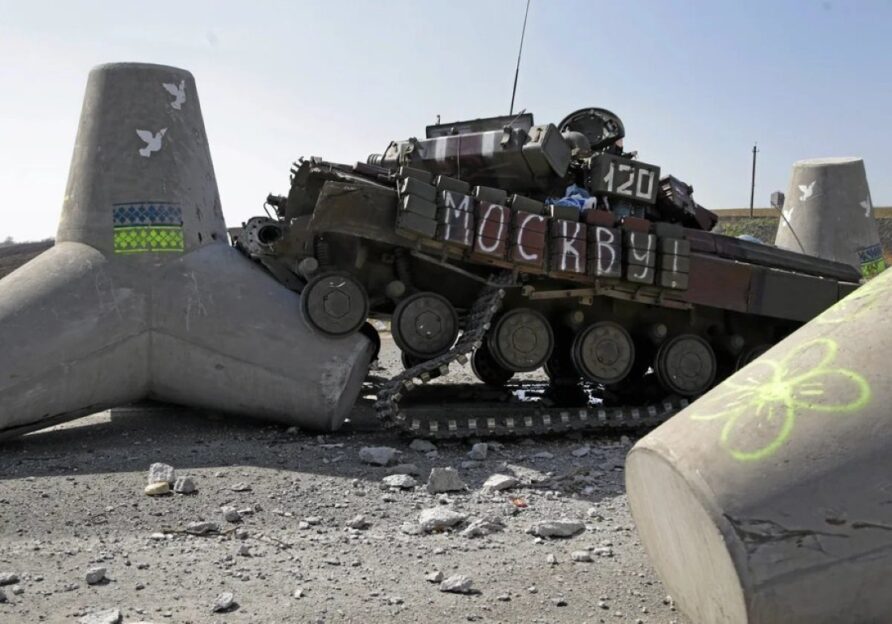
The image below shows the Polish Army deploying similar.
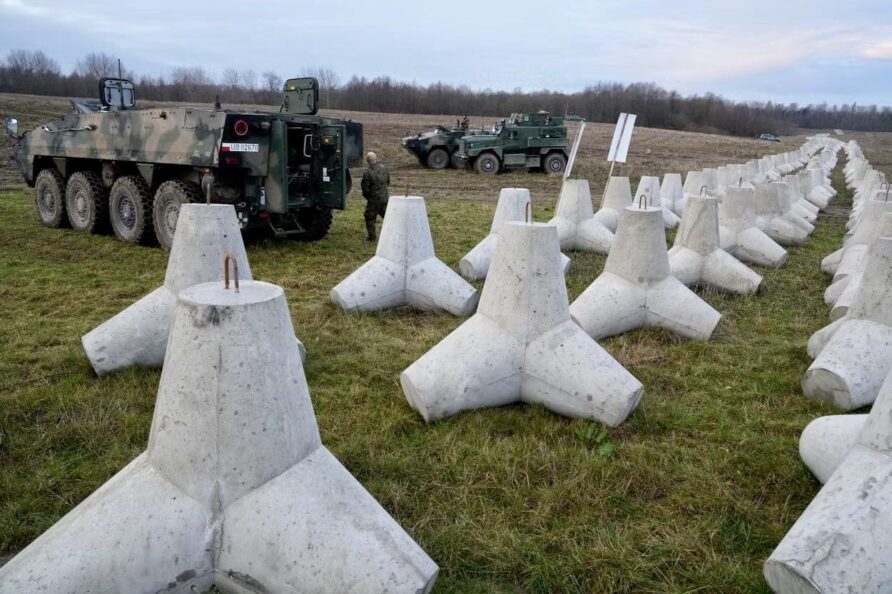
Their shape makes them effective, although as with others, steel lifting fixtures do give the attacker a modest advantage.
Any discussion on concrete block anti tank obstacles would not be complete without some mention of dragon teeth
Their primary purpose was to impede the advance of tanks and mechanized infantry. Initially used by the Germans on the Siegfried Line and the Atlantic Wall, these obstacles were designed to slow down enemy vehicles, channelling them into pre-determined “killing zones” where they could be more easily destroyed by anti-tank weapons.
As seen below in Ukraine.
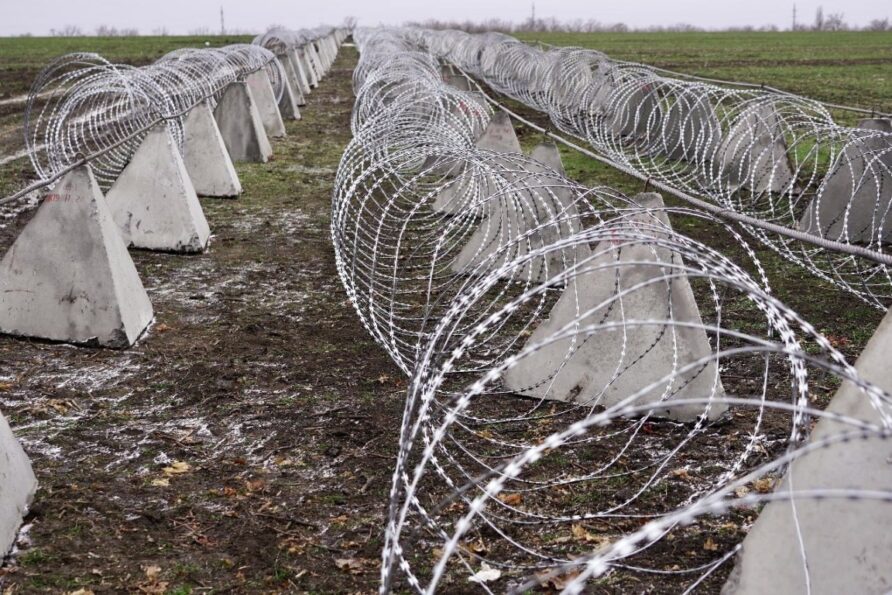
As can be seen from the image, the lifting eyes at the apex are used for steel wire rope, connecting multiple blocks together.
This significantly increases resistance to removal, and the concertina tape also adds a complication for an attacking force.
Preferably, they will also have some form of interlocking foundation and of different sizes, but this increases resource requirements.
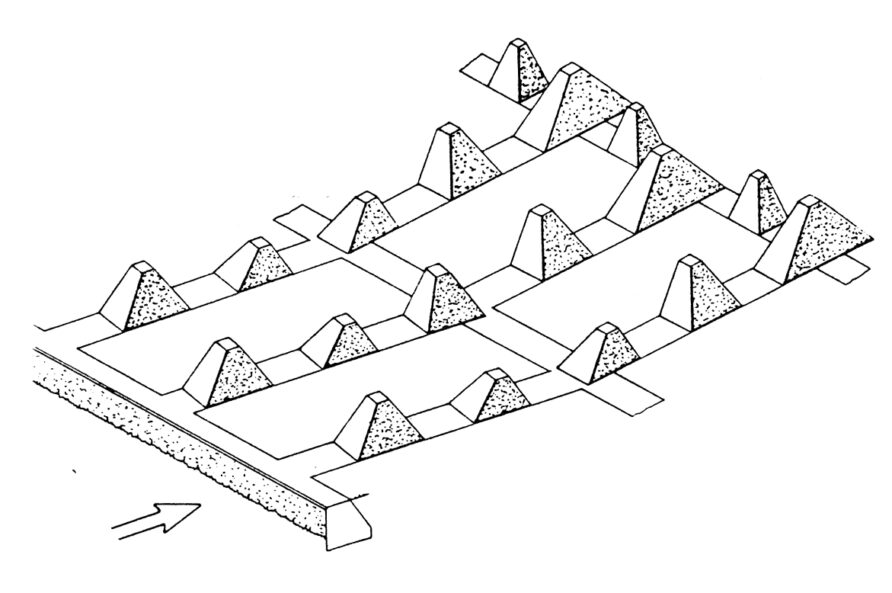
With enough moulds, and sufficient raw materials and equipment, they can also be created almost anywhere with little skill and few people.
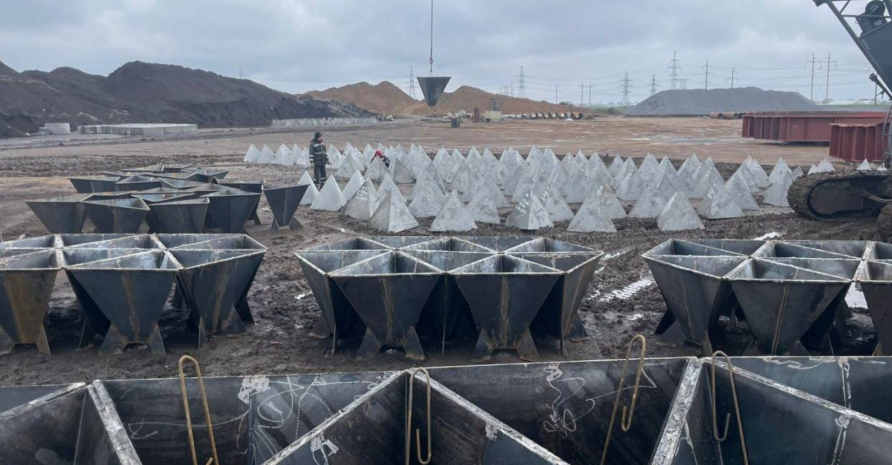
Steel cores can also be used to improve effectiveness, there are a few variations on the theme.
Lithuania has recently employed concrete dragon teeth to block the road between it and Kaliningrad over the Nemunas River, image below.
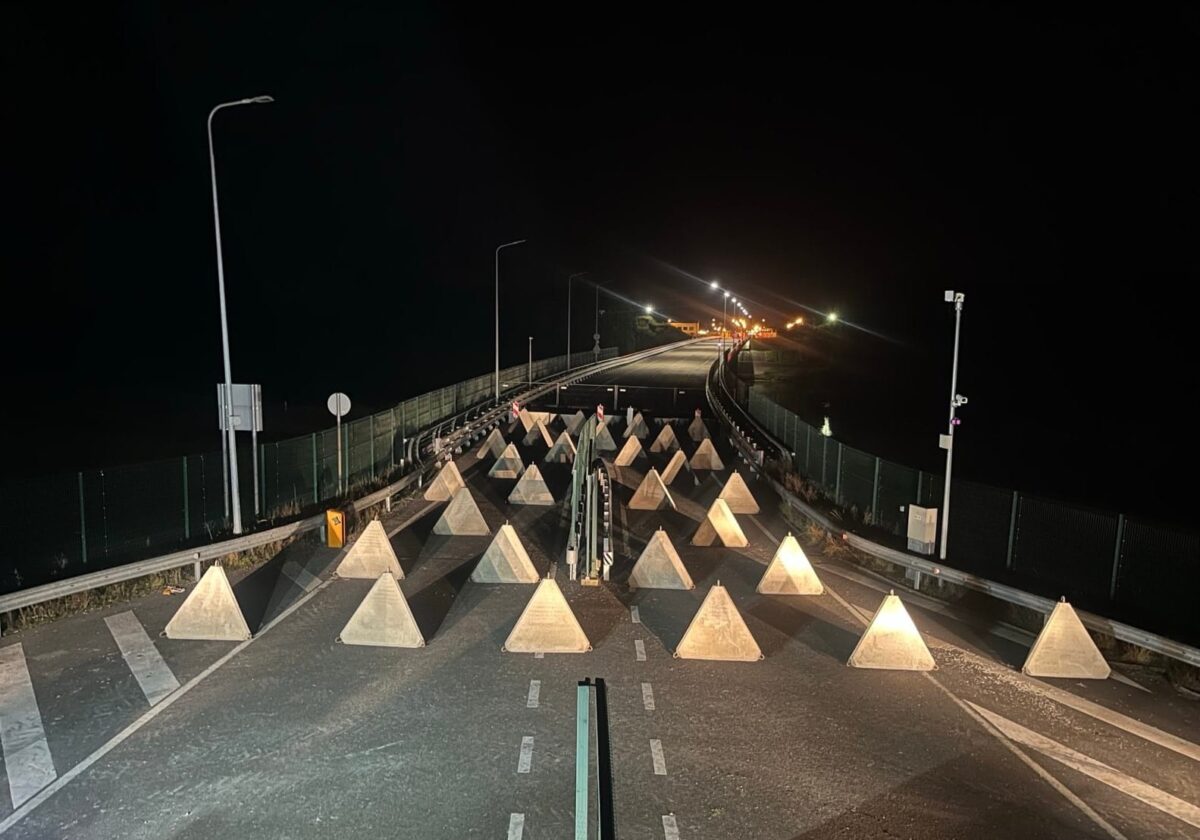
Although more of a sandbag than a concrete obstacle, 1 tonne bulk bags of sand can be very effective because they tend to conform to the ground underneath for stability and resistance to clearance.
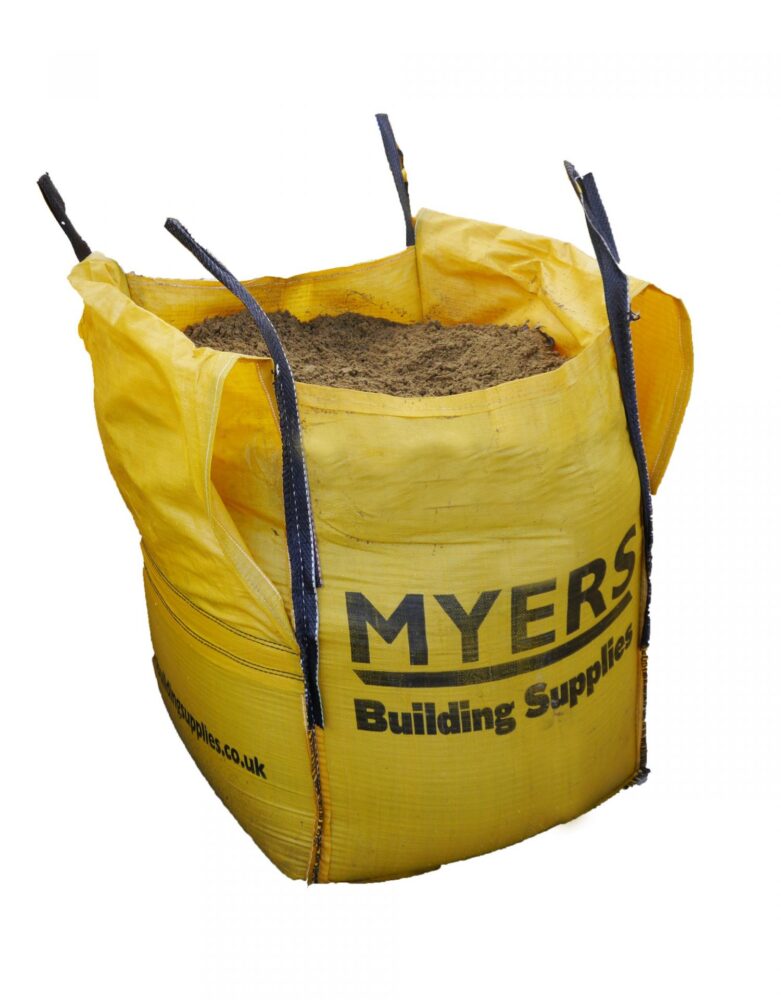
If there is readily available fill material, at the point of need, bulk bags are quite efficient and use very little transport resource.
Abatis and Improvised Barriers
Improvised obstacles can be made with many materials, the image below shows timber posts, rails, and sleepers.
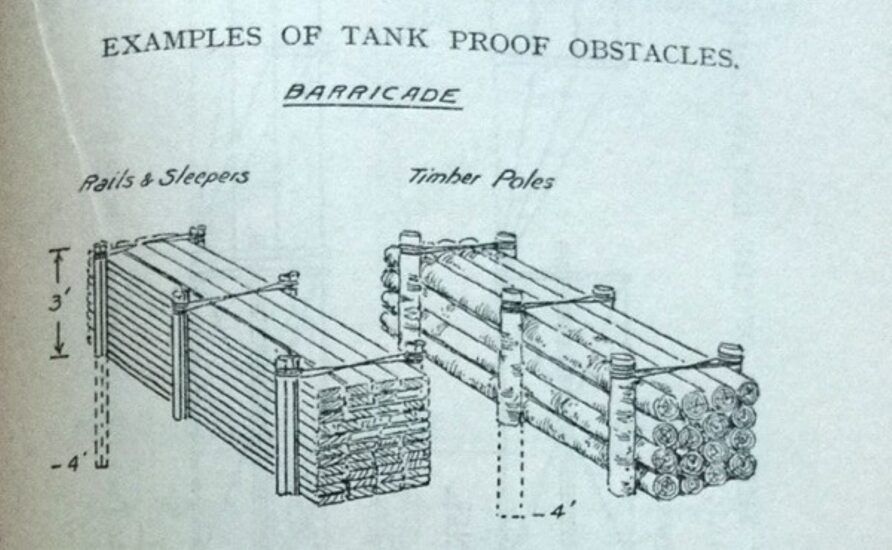
One could also imagine using scaffolding to create cribs, into which any available fill material could be poured, rubble, stones, soil etc.
What makes this type of improvised obstacle more effective is if they are anchored to the ground, using posts and stakes, else they could likely just be pushed out of the way by larger vehicles.
Although the older definition (felled trees with their trunks sharpened and facing the enemy) is used less, a modern abatis is a technique used to create anti vehicle barriers in wooded areas.
Trees are felled at 45 degrees and, if possible, overlapped.
Abatis can be effective is done in a continuos barrier down the length of a forest road or track, but singles are unlikely to offer much resistance to large vehicles.

In an urban setting, there will likely be many materials available to create improvised barriers, not least, abandoned vehicles.
Like all such physical obstacles, their resistance to rapid clearance is improved by some form of mechanical anchoring or securing together, and for vehicles specifically, filling them with soil or aggregates and removing their wheels.
Filled ISO containers could also form part of the barrier mix if they were available.
Think Defence is a hobby, a serious hobby, but a hobby nonetheless.
I want to avoid charging for content, but hosting fees, software subscriptions and other services add up, so to help me keep the show on the road, I ask that you support the site in any way you can. It is hugely appreciated.
Advertising
You might see Google adverts depending on where you are on the site, please click one if it interests you. I know they can be annoying, but they are the one thing that returns the most.
Make a Donation
Donations can be made at a third-party site called Ko_fi.

Think Defence Merch
Everything from a Brimstone sticker to a Bailey Bridge duvet cover, pop over to the Think Defence Merchandise Store at Red Bubble.
Some might be marked as ‘mature content’ because it is a firearm!
Affiliate Links
Amazon and the occasional product link might appear in the content, you know the drill, I get a small cut if you go on to make a purchase

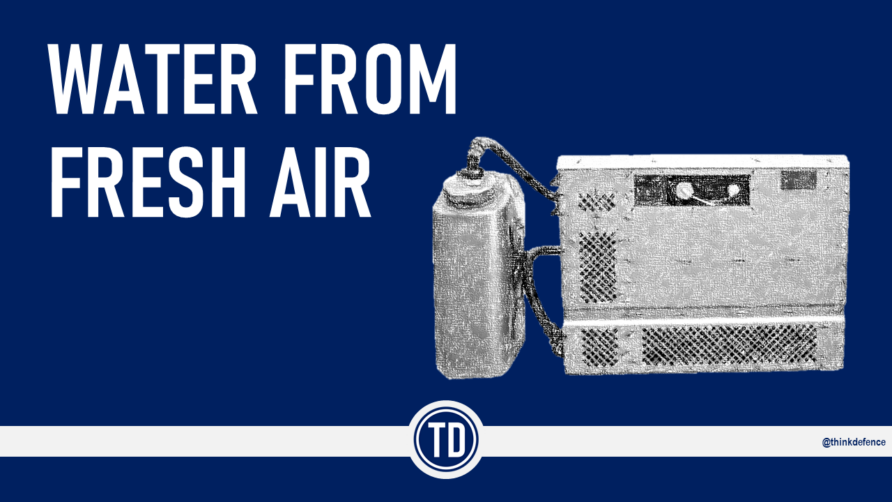
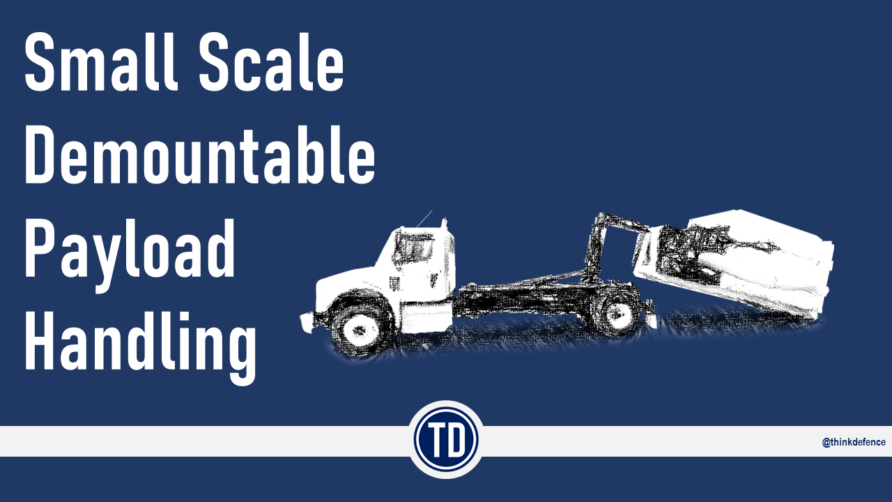
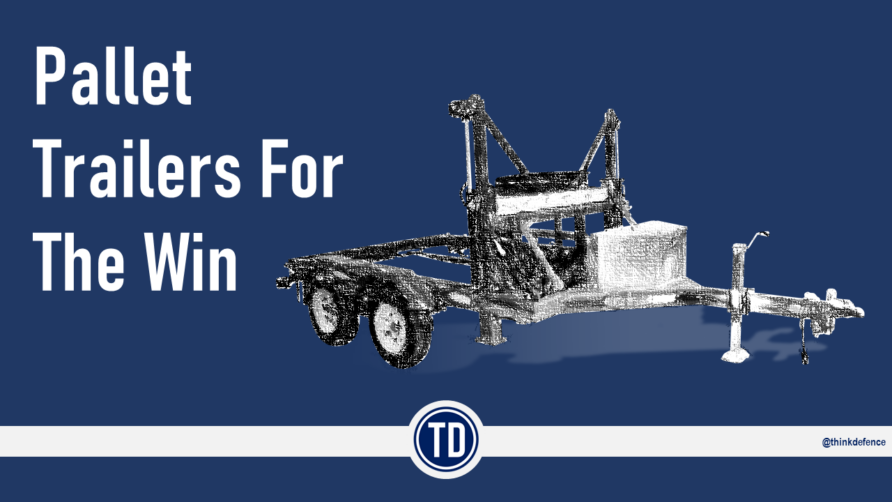
This may make sense on relatively short borders of great importance (Greece/Turkey land border, Northeast Estonia, Intra-Korean border), but I don't think it's either economically advisable or mentality-wise advisable to employ such obstacles.
BTW, you didn't mention an obstacle that was widely employed in WW2 and now again in Ukraine, including crucially in the first days: Flooding areas, turning them into marshland temporarily. That's an obstacle that cannot be cleared and doesn't require a security effort to be effective.
Excellent, I've been musing on the utility of the spanish ridern and if it fits here, or in the barbed wire section. great info though.
Thanks